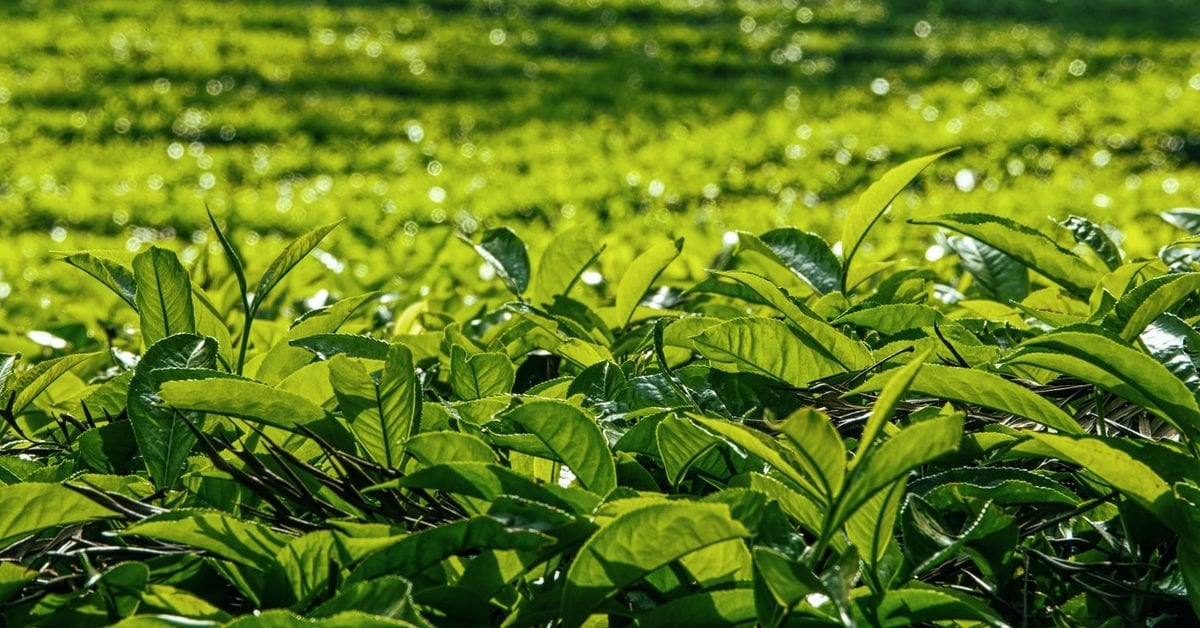The Importance of Zinc in Plants

Zinc (Zn)
Our country's soils generally have high pH and lime content. Zinc is found in low amounts in these and similar soils. Zinc deficiency is also seen in acidic soils that receive a lot of rainfall and are washed away. Although the zinc needs of plants are very low, zinc deficiencies are common in such cases.
It is known that zinc is involved in the transport of carbohydrates and the use of sugar, and serves as an enzyme in nitrogen and phosphorus metabolism.
Zinc deficiency manifests itself in young leaves or leaves in the middle of the shoots. In its deficiency, while the leaves remain green, yellow spots are visible between the leaves. It causes curling and rosette formation in some plants. Efficiency drops considerably.
In its deficiency, fluid uptake in the plant slows down and the internodes become shorter due to the lack of auxin. The plant becomes stunted, flagella and rosette formation appear on the top shoots of some plants, and capillary roots gather at the root tip.
Functions of Zinc in Plants- It is necessary for the formation of chlorophyll.
- It is involved in the transport of carbohydrates and sugar.
- It is necessary for hormonal activities and is the structural element of auxin.
- It has an effect on the uptake of water into the plant.
- Yellow spots appear on the leaves in the middle or at the tip of the shoot, and in advanced cases, these spots dry.
- Narrowing between the nodes and stunting of the plant are observed.
- Decrease in leaf length and shape, and formation of narrow leaves in some plants.
- Flagellation and rosette formation on the shoots of fruit trees.
- Small swellings on the roots and collection of capillary roots at the root tip.
- Soils with high pH and high calcareous content.
- Poorly aerated soils due to excessive irrigation and compaction.
- Soils containing large amounts of phosphorus, calcium, manganese and copper.
- Cold and rainy weather conditions.
- Soils with low zinc content.
